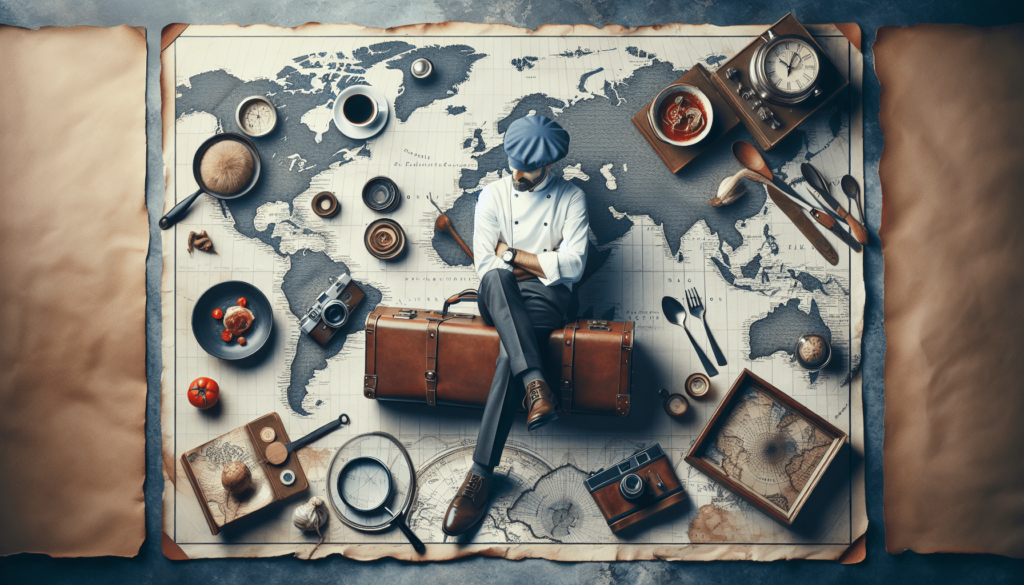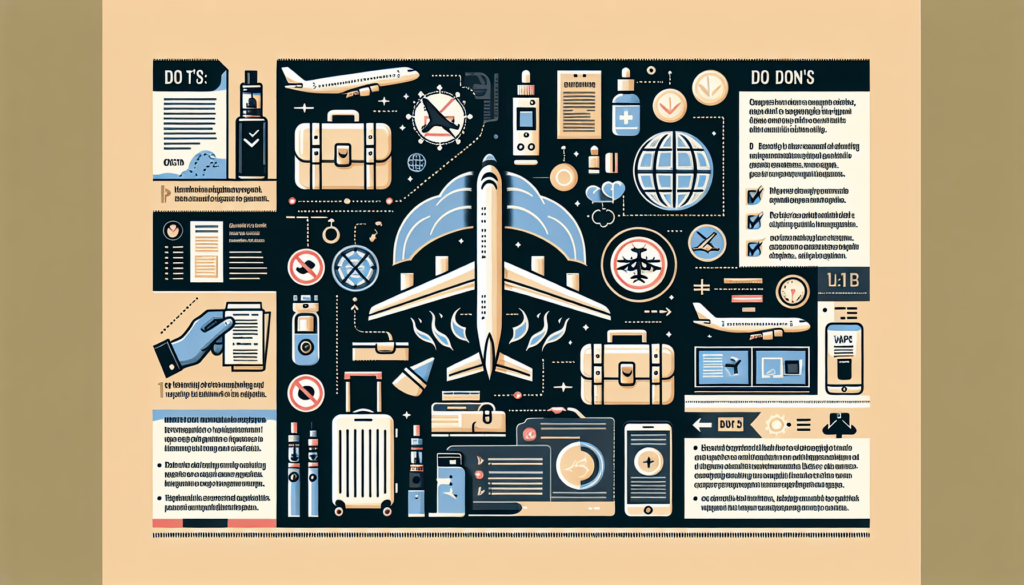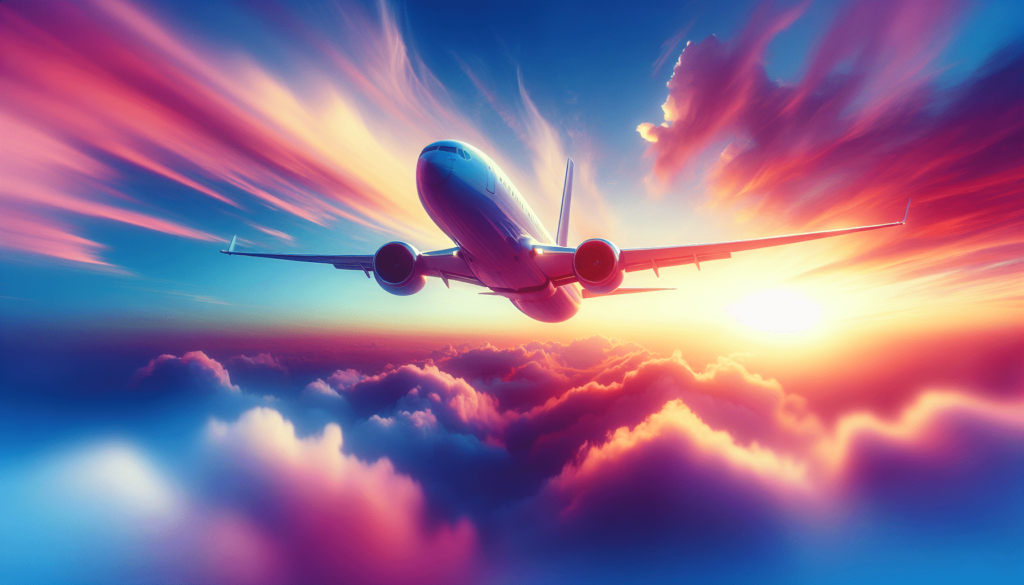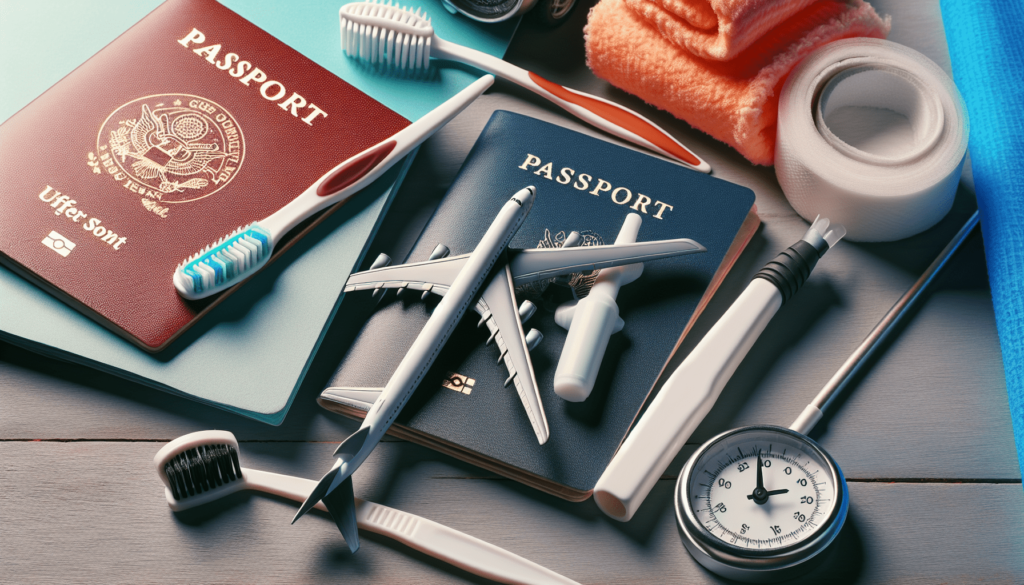
When is the Best Time to Buy Train Tickets in Italy?
Find out the best time to buy train tickets in Italy! Save money by booking in advance and enjoy your journey while indulging in delicious gelato.

Find out the best time to buy train tickets in Italy! Save money by booking in advance and enjoy your journey while indulging in delicious gelato.

Learn how celebrity chef Gordon Ramsay beats jet lag with his travel habits. Discover his strategies for adjusting to different time zones, preventing post-arrival insomnia, and using exercise to stay energized. Whether you’re a chef or not, these tips can help you conquer jet lag on your next adventure.

Wondering if you can bring a vape on an airplane? Yes, you can! But be aware of restrictions and guidelines. Follow the rules to avoid confiscation by TSA officers. Learn more here.

Discover why renowned travel expert Rick Steves recommends visiting Scandinavia between mid-June and late August. Explore charming summer destinations, save money, and avoid overwhelming crowds. Plan your unforgettable journey now!

Think twice before bringing a collapsible straw water bottle on a plane. Air pressure changes can cause disastrous sprays. Discover how to stay dry and hydrated on your next flight.

Discover the award-winning bathrooms at BWI Thurgood Marshall Airport and Tampa International Airport. Experience luxury and innovation during your layover.

Virgin Red is Virgin’s group-wide rewards club while Flying Club is Virgin Atlantic’s frequent flyer club. While they’re technically two separate programs, you can link your accounts and share points between both. American Express, Chase, and Citi all transfer to Virgin Atlantic. Capital One transfers to Virgin Red, but by linking your accounts, you can still redeem Capital One miles on Virgin Atlantic’s website. Here’s how… Step One. Create Accounts With Both First, you’ll want to create an account with both Virgin Atlantic and Virgin Red. This is free to do on each of their websites. Step Two. Link Your Accounts I created my Virgin Atlantic account first, then when I entered the same email address to create my Virgin Red account, it automatically linked the two. If this doesn’t happen for you, simply navigate to the “Account” section of your Virgin Red account and select “Link Account.” Step Three. Redeem Points via Virgin Atlantic While three of the four major banks transfer 1:1 to Virgin Atlantic, there is currently a 30% transfer bonus when transferring miles from Capital One to Virgin Red. I needed 16,000 Virgin Atlantic miles for a flight from Prague to Chicago, but by transferring from Capital One with the transfer bonus, I only needed to transfer 12,400 miles. The transfer to Virgin Red was instant, and the points also showed up in my Virgin Atlantic account immediately thanks to the accounts being linked. I was then able to easily book my flight from Prague to Chicago. While the flight I booked is actually on KLM, I was able to take advantage of airline alliances to get the flight for less miles than KLM was charging. With the Capital One transfer bonus, I got this flight for 12,400 Capital One miles + $196.90. The exact same flight on KLM’s website would have been 22,000 miles + $152.60. The cash price for the flight was $779.80. If you deduct the amount I paid in taxes and fees on the award flight via Virgin Atlantic ($196.90), that leaves $582.90. Then divide $582.90 by the amount of miles I transferred from Capital One (12,400) to calculate the cents per mile value. For this redemption, my Capital One miles had a whopping 4.7 cents per mile value! Pretty incredible. So glad I have an alternative to paying this out of pocket! Bottom Line Linking your Virgin Atlantic and Virgin Red accounts is quick and easy. It also allows you to redeem Capital One miles for Virgin Atlantic flights. We love taking advantage of transfer bonuses and airline alliances to really take our points and miles to the next level! The post Virgin Atlantic & Virgin Red—How to Link Them & Redeem appeared first on Travel Mom Squad. * This article was originally published here

Discover why Samantha Brown, a well-known travel show host, now loves LaGuardia Airport after avoiding it for eight years. Read about the airport’s impressive transformation and the amenities that make it a pleasant place to be.

Avoid flying after certain dental work! Cabin pressure can interfere with healing, increase risk of complications, and limit follow-up care. Best to postpone air travel or follow dentist’s instructions. Pack dental hygiene items for a comfortable trip.

Heading to Europe in Summer 2024? Brace for larger crowds than usual! From Taylor Swift’s tour to the Olympics and football championship, millions of visitors will flock to popular destinations. Plan wisely, avoid peak dates, check Taylor’s schedule, and explore alternative, less crowded gems for an adventurous European experience.
You cannot copy content of this page